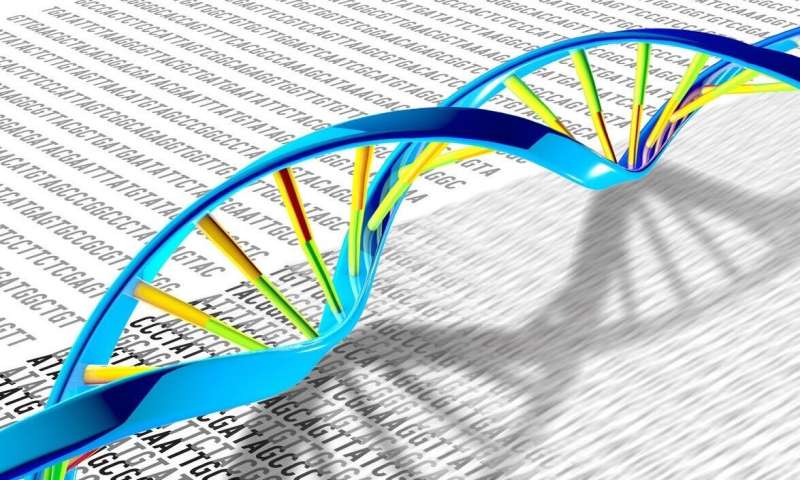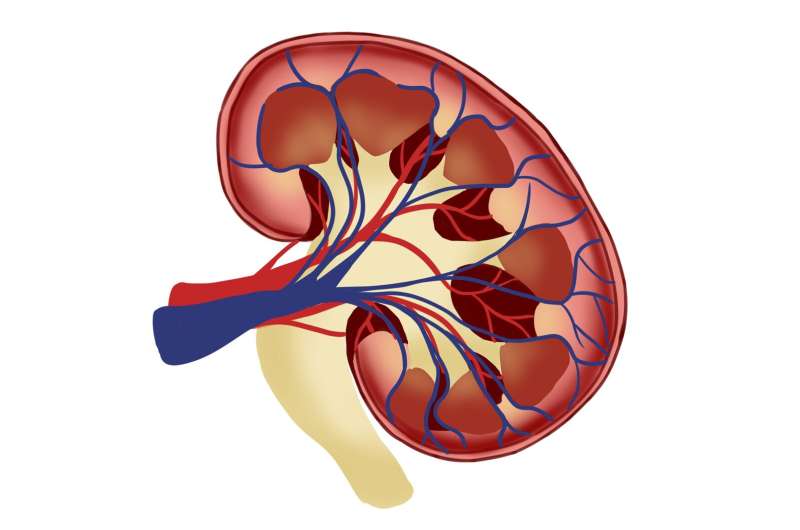Innovative Diagnostic Tool Accelerates Identification of Rare Genetic Diseases in Children

A new proteomics-based diagnostic test is revolutionizing the detection of rare genetic diseases in children, reducing diagnosis time from weeks to days and improving outcomes for affected families.
The process of diagnosing rare genetic diseases in children has historically been lengthy and challenging, often involving numerous tests, hospital visits, and specialist consultations. Despite the definition of "rare" implying infrequent occurrence, these conditions collectively impact approximately 2 million Australians, equating to around 8% of the population. Advances in genomics have improved diagnostic rates, with about half of affected families receiving answers within months. However, many still face a protracted "diagnostic odyssey," undergoing invasive and time-consuming tests that may not conclusively identify the disease.
To address this, researchers at the University of Melbourne have developed a groundbreaking diagnostic test that works in tandem with genome sequencing data. Published in Genome Medicine, this proteomics-based test enables rapid interpretation of genetic variants by analyzing proteins in the blood, offering results in as little as three days—an improvement over the weeks or months traditional methods require.
This innovative test is not limited to a specific disorder but covers thousands of known disease-causing mutations, providing a scalable and cost-effective alternative to multiple functional tests. It is particularly effective in neonatal intensive care units, facilitating early diagnosis in critically ill infants.
A poignant example of its impact is the case of a family who lost their first child due to mitochondrial disease. Utilizing stored samples, clinicians confirmed the genetic diagnosis swiftly, enabling prenatal testing in subsequent pregnancies. This allowed the birth of a healthy child and exemplifies how early, accurate diagnosis can prevent family grief and enable informed reproductive choices.
Looking ahead, the team is recruiting additional patients to validate the test's utility across various genetic conditions. The ultimate goal is to integrate this technology into national healthcare services, making quick and affordable diagnosis accessible to as many families as possible.
This development marks a significant step forward in reducing the diagnostic burden and improving outcomes for children with rare genetic conditions.
Source: https://medicalxpress.com/news/2025-05-diagnosis-journey-children-born-rare.html
Stay Updated with Mia's Feed
Get the latest health & wellness insights delivered straight to your inbox.
Related Articles
Gene–Diet Interactions Influence Daily Rhythms and Metabolism
New research reveals how gene-diet interactions influence the body's circadian rhythms and fat metabolism, opening doors for personalized health strategies.
Rapamycin Enhances DNA Damage Resistance in Aging Human Immune Cells
Low-dose rapamycin enhances DNA repair and protects immune cells from aging-related damage, supporting healthy aging and immune resilience.
Breaking New Ground: Stopping Kidney Treatment Can Benefit Patients and Save NHS Funds
New research shows that stopping eculizumab treatment after six months in aHUS patients is safe, reduces risks, and results in considerable NHS savings, revolutionizing kidney disease management.
Breakthrough in Targeted Gene Therapy Offers New Hope for Barth Syndrome Patients
Scientists have discovered that blocking the gene ABHD18 can restore mitochondrial function and improve heart health in Barth syndrome models, opening new avenues for targeted treatment of this rare genetic disorder.



